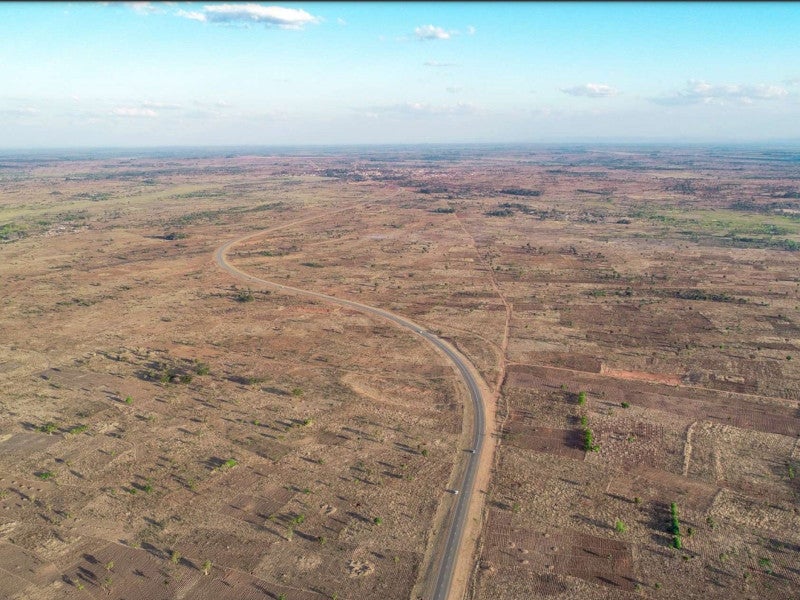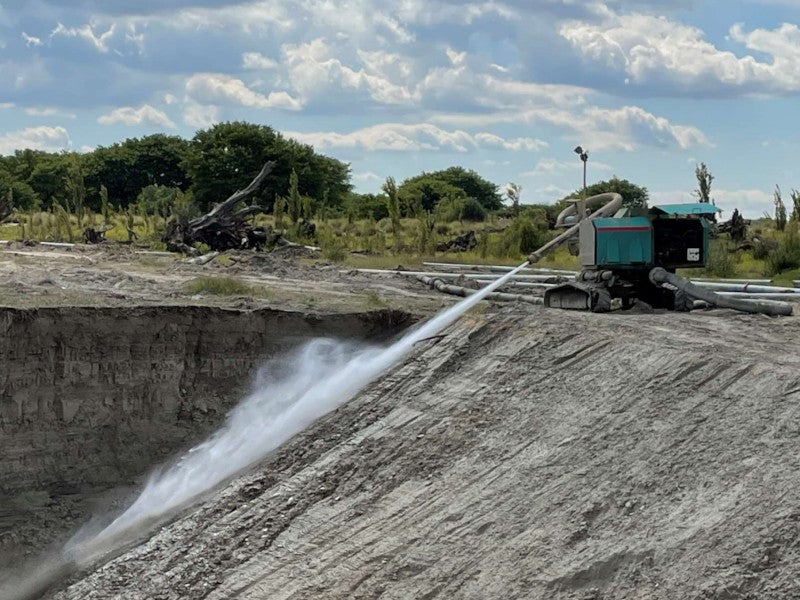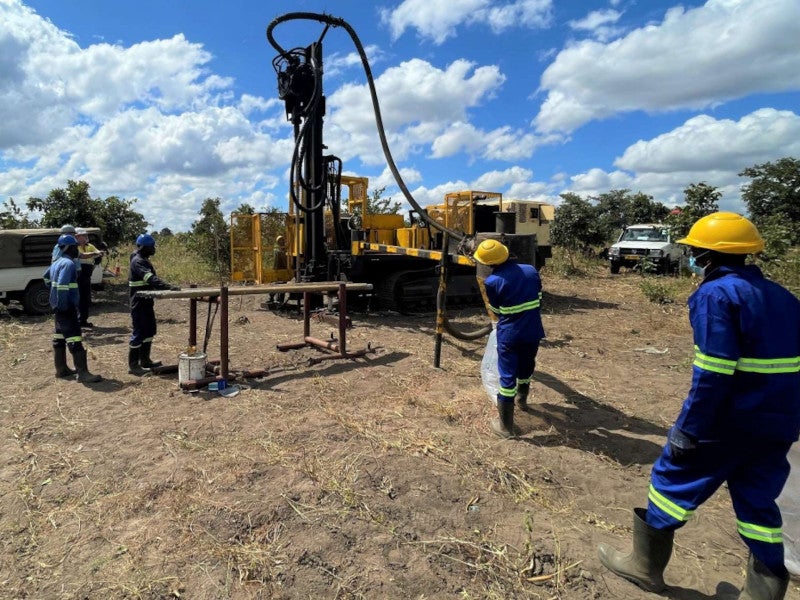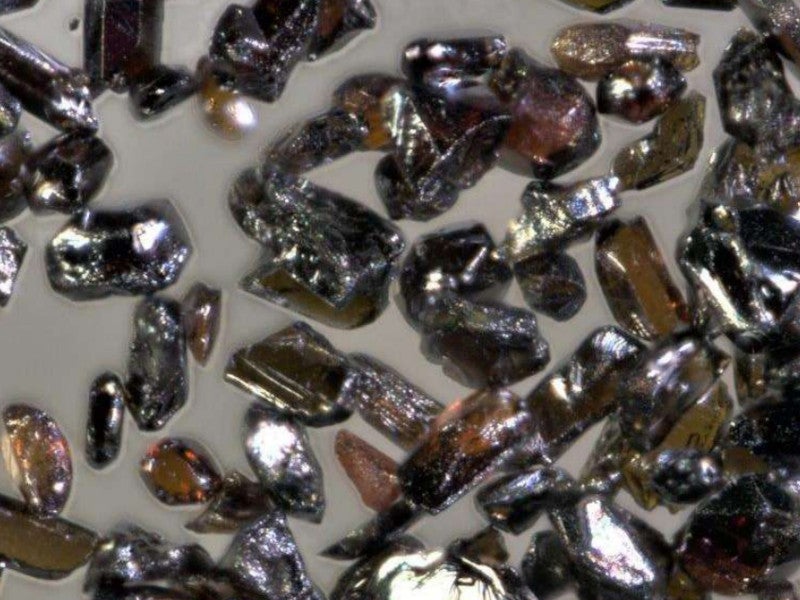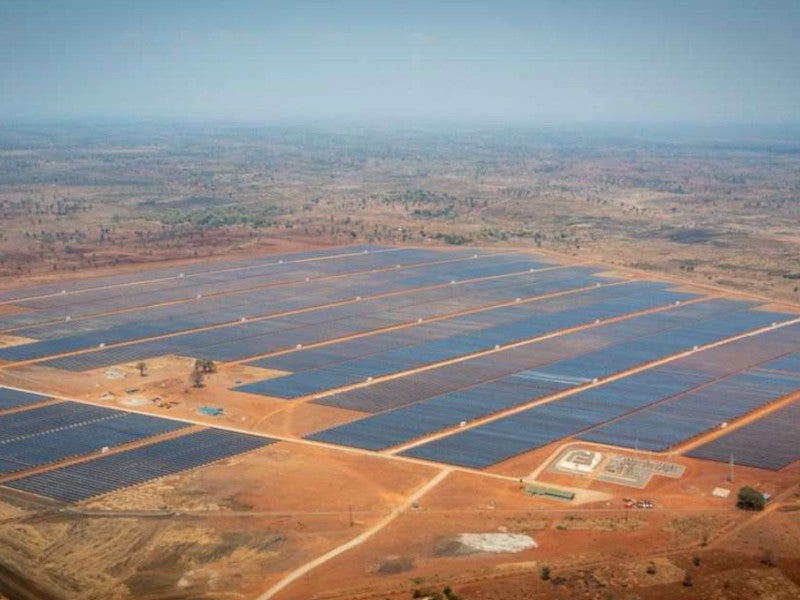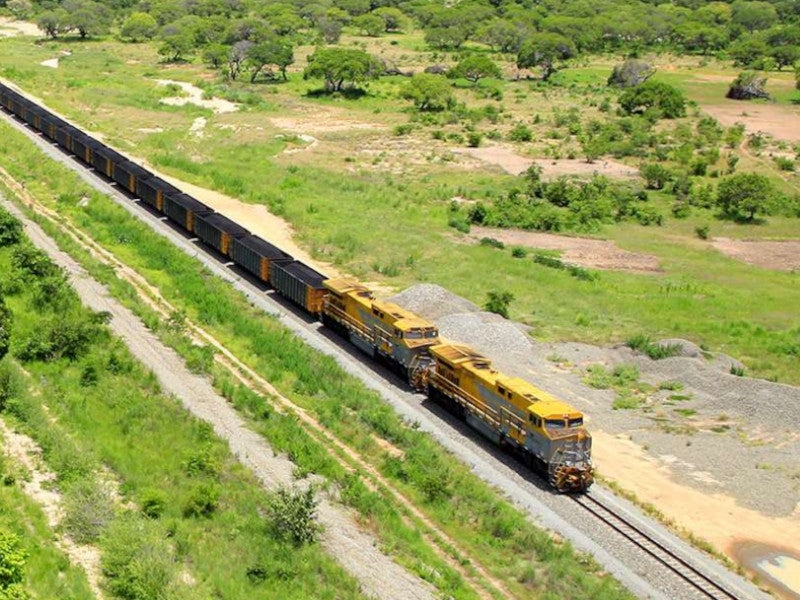The Kasiya Rutile-Graphite project in Malawi’s central region will be developed using hydro-mining techniques. Kasiya stands as the world’s preeminent natural rutile deposit and holds the second-largest flake graphite deposit globally.
Sovereign Metals, the project’s proprietor, concluded the preliminary feasibility study (PFS) in September 2023 and is now progressing towards an optimisation phase in anticipation of the definitive feasibility study. The advancement is supported by the strategic investment from Rio Tinto.
Estimated to have a mine life of 25 years, the project will be developed in two stages with an initial capital cost of $597m.
Location
The Kasiya Rutile-graphite project is a greenfield mining project located within the Lilongwe and Dowa districts in the Central Region of the Republic of Malawi in south-eastern Africa. The project site is located approximately 40km north-west of Lilongwe, Malawi’s capital.
Geology and mineralisation
Located in the Lilongwe plain, the Kasiya Rutile-Graphite deposit features a landscape that is either mostly flat or exhibits a gentle undulation. The geological foundation of the area is predominantly paragneiss, comprising pelitic, psammitic, and calcareous components.
The deposit at Kasiya is recognised as a high-grade rutile of the residual placer type, which has formed through the weathering process of the primary paragneiss rock.
Rutile mineralisation at Kasiya occurs in extensive, shallow, blanket-like formations, particularly in regions where the weathering profile is intact and has not been extensively eroded.
Kasiya Rutile-Graphite project reserves
The probable reserves at Kasiya were estimated at 538 tonnes (t), grading 1.03% rutile and 1.66% total graphite carbon of September 2023 with 5.5t in contained rutile versus 8.9t in contained graphite.
Mining method
Kasiya will be developed using hydro-mining technique in a top-down method due to the consistent particle size distribution through the project’s ore reserve. The availability of existing infrastructure and water resources in the project vicinity adds to the benefit of the chosen method.
The mining process will involve the use of high-pressure water jets to break down the loosely consolidated material, such as pedolith and saprolite. The dislodged materials will form a slurry, which will then be conveyed to the processing plant through a system of pipelines and pumps.
The mining fleet will consist of 12 modular and mobile hydro-mining units (HMUs) with six on duty and the remaining on standby. Each HMU will be equipped with four high-pressure water pumps and two electrically driven, remotely operated monitor units, arranged to ensure continuous operation with one active and one on standby.
Mining operations are planned to commence in the southern domain with up to four pits mined simultaneously. Mining will be carried out in a 100m x 100m grid as a base with 200m x 1,000m mining blocks.
Ore processing
The slurry material from the pits with a particle size under 2mm will undergo processing at the wet plant where the cyclones and up-current classifiers will be employed to eliminate fine particles smaller than 45µm.
Subsequently, the heavy mineral concentrate (HMC) will be isolated using both coarse and fine spiral circuits to produce coarse and fine gravity tailings, enriched with graphite.
At the mineral separation plant (MSP), the HMC will undergo electrostatic separation to sort it into conductive fractions, such as rutile and ilmenite, and a non-conductive concentrate.
A further stage of magnetic separation will classify non-magnetic conductive rutile and magnetic ilmenite concentrates. The rutile will then be prepared for sale while the MSP tailings will be accumulated in stockpiles.
The graphite plant will recover graphite from the combined gravity separation tailings using froth flotation, which will include polishing and the use of stirred media mills. The resulting graphite concentrate will be subjected to thickening, filtration, drying, screening, and finally bagged for sale.
The fine tailings from the process plant will be condensed in a high-compression thickener before being transferred to the tailings storage facility.
Both fine and coarse tailings will be co-deposited in previously excavated pits. They will be pumped separately from the wet plant to these pits, where they will be mixed with a flocculent and then deposited.
Site infrastructure
Sovereign Metals plans to enhance the project’s connectivity by constructing a dedicated 6km railway line that will link directly to the Nacala Rail Corridor, which runs through the project area.
The project will benefit from renewable energy sources via a grid-connected hybrid solution fed by solar power and battery energy storage system while diesel generators will act as backup.
A raw water dam will be constructed to capture and store process water from run-off during the wet season. A diversion pump and pipeline system are also planned to be constructed to extract water when required from the nearby Bua River.
Contractors involved
DRA Global, an engineering company, was the lead study manager for the project.
Nyeleti Engineered to Excel, an engineering business, and AGE, an expert in hydrology, were responsible for assessing and managing the project’s water resources.
Dhamana Consulting and Hearthstone Social Consulting jointly conducted the environmental and social impact assessments.
Orelogy, an expert in mining economics, is responsible for ore reserve estimation, mine scheduling, and pit optimisation for the PFS.
Fraser Alexander a leader in mining services, advised on the most effective mining methods and tailings management strategies for the project.
JMC Power Systems was engaged to provide power supply solutions for the PFS.

